Equipment
Remember these great golf balls of years past?
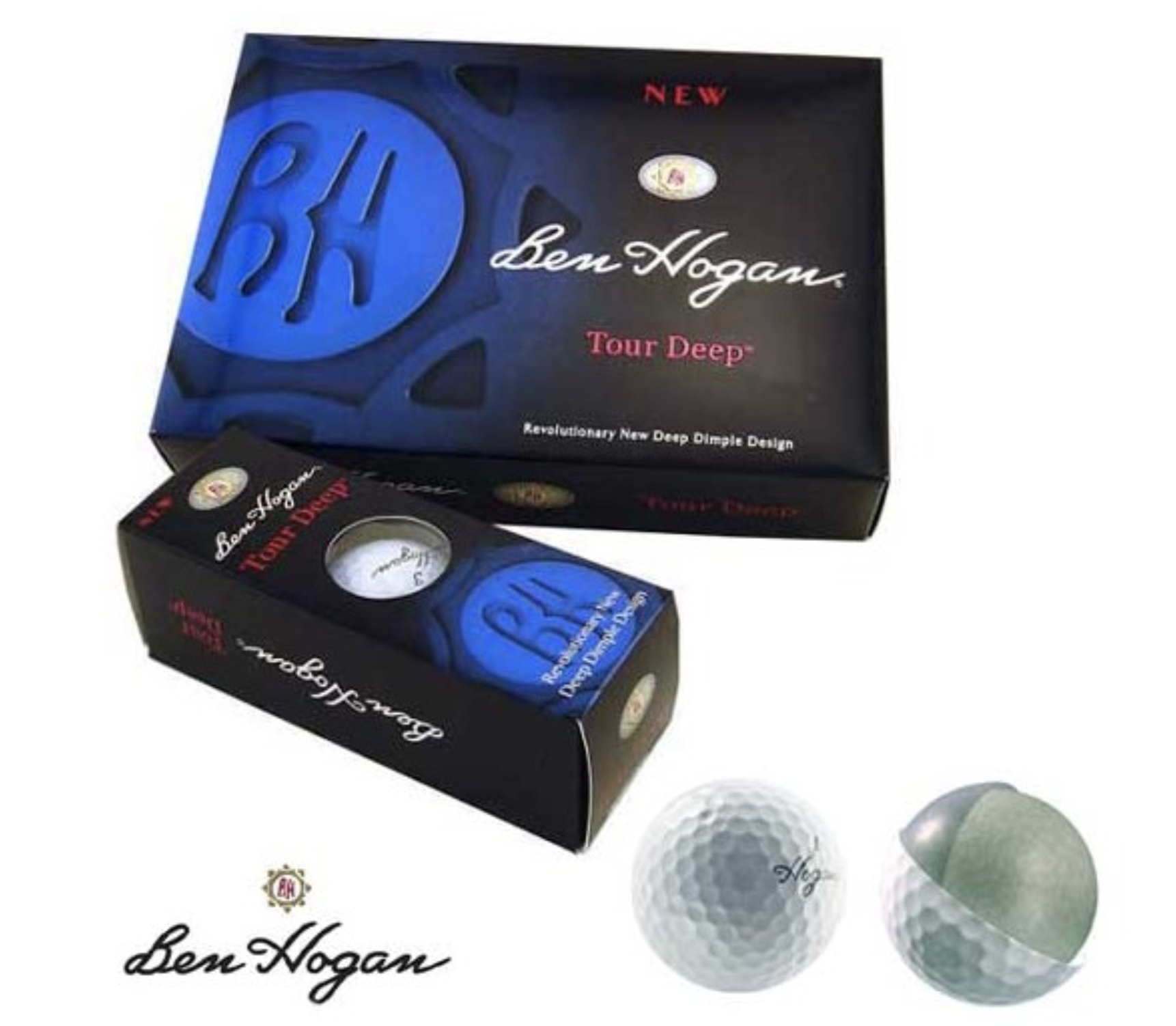
When it comes to classic gear, few pieces of equipment stir up as much conversation as golf balls, especially in the modern era when talking about distance and short game control specifically. Just like clubs, they are carefully constructed and designed to fit certain swings and provide performance benefits for different types of golfers.
Some well-known brands have been around for over a half-century, and in the case of the Titleist Pro V1, has remained the staple by which all other modern golf balls have been judged. But this list isn’t about new, it’s about the forgotten.
Here are some of the forgotten greats of the past two decades.
Strata Tour Ace
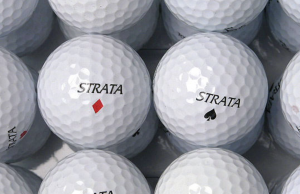
Best known as the ball used by Jim Furyk to win the 2003 U.S. Open, the Strata Tour Ace was a four-piece urethane ball with a very soft cover that allowed for what Strata called “one hop and stop” spin around the greens.
One quirky way to quickly distinguish the Tour Ace from other balls in the Strata lineup was the use of card suites instead of numbers to identify balls that came in a sleeve—it also allowed you to really flush one (dad joke, I’ll see myself out).
Maxfli Revolution Solid
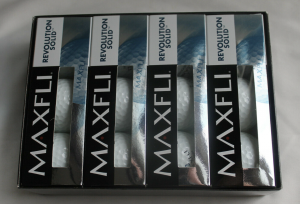
Introduced in the early 2000s to compete with the Pro V1, the Maxfli Revolution Solid was engineered to provide improved distance without sacrificing approach or around-the-green spin. It was a three-piece ball that featured an oversized core and urethane cover. What also made the Maxfli Revolution interesting is that its main endorser was none other than Jack Nicklaus.
TaylorMade InerGel
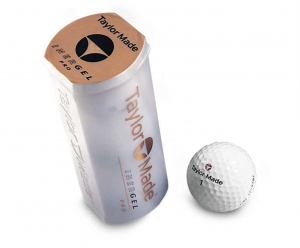
The golf ball made more famous for its packaging than its performance, the InerGel was the first TaylorMade golf ball to market. What really made it stand out was the plastic tube the balls came in to help prevent them from being exposed to moisture (hey, it was an angle).
TaylorMade R&D estimated that golf balls had the potential to lose as much as six yards in distance by being exposed to moisture and this was one way to prevent that from happening. Although it was never a big seller, the InerGel tubes lived on for a long time carrying tees and other things in a lot of golfers’ bags.
Callaway HX Tour 56 (Hogan Tour Deep?)
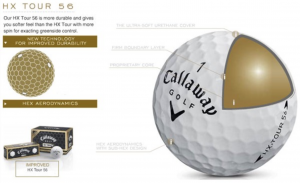
The HX Tour 56 was the softer brother to the original HX Tour (also referred to as the HX Black) and offered an extremely soft feel and higher spin around the greens. The Tour 56 was introduced the second year after Callaway bought Top-Flite, its manufacturing plant, and all its IP—why do I bring this up?
Here’s where it gets interesting. At the time of introduction, Hogan was still owned by Callaway Golf and they were producing both Hogan and Callaway branded clubs and balls. One of the key design features of the HX Tour 56 were six strategically placed deeper dimples around the ball to help with aerodynamic stabilization. You know what other ball has this feature? The Hogan Tour Deep, the only difference being the HX Tour 56 has the patented HX dimple pattern while the Hogan had the traditional round dimples.
Were they the same ball with different dimple patterns? I can’t 100 percent confirm, but considering how much R&D goes into a ball design, and that these arrived at almost the same time, I would put a few bucks on it.
Precept Lady
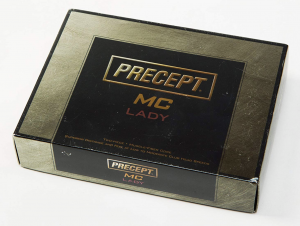
You could argue the Precept MC Lady was the ball that changed the way average golfers thought about compression. It was introduced late 1999 as strictly a value ($20 a dozen) ball designed for women with slower swing speeds, Precept really didn’t even market it. By late 2000 it set the golf world ablaze to the point of many shops having a hard time keeping them in stock—it was the number two selling ball at retail behind the $40/dozen Titleist Pro V1.
It was a two-piece ball that performed way above its price point and the softer compression kept spin down and created longer flying straighter drives that average golfers only dreamed of. Technically the Lady still exists today as the Laddie under the Bridgestone brand (Bridgestone owns Precept).
- LIKE275
- LEGIT25
- WOW9
- LOL10
- IDHT5
- FLOP10
- OB4
- SHANK11
Whats in the Bag
Kris Kim WITB 2024 (May)

- Kris Kim what’s in the bag accurate as of the CJ Cup Byron Nelson. More photos from the event here.
Driver: TaylorMade Qi10 (9 degrees @7)
Shaft: Mitsubishi Tensei 1K White 60 TX
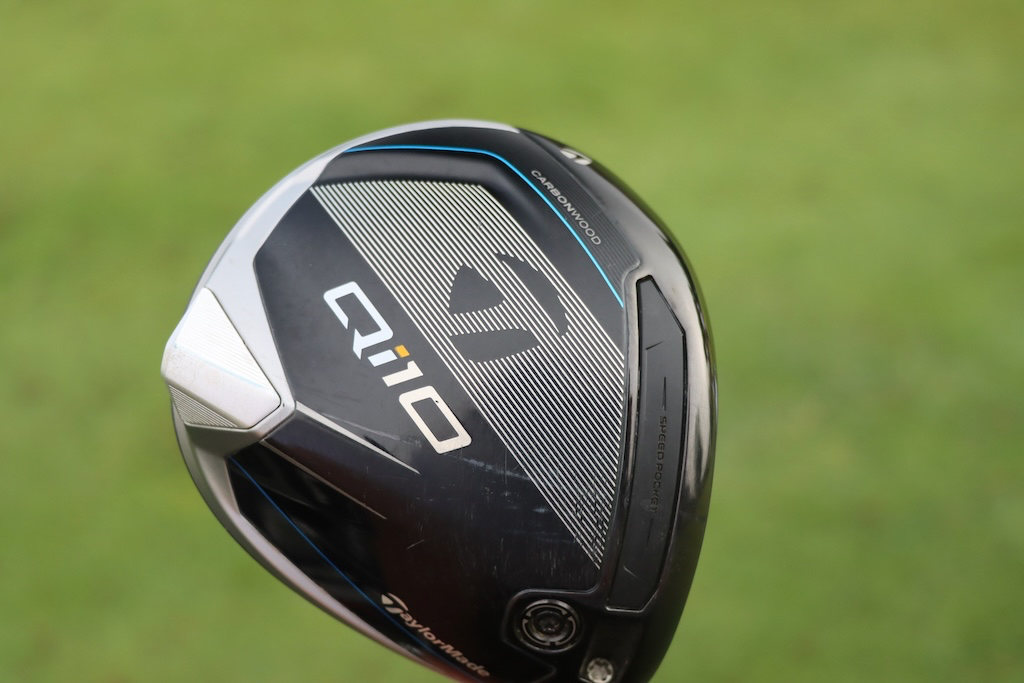

3-wood: TaylorMade Qi10 Tour (15 degrees @13.5)
Shaft: Mitsubishi Diamana WB 73 TX
Irons: TaylorMade P770 (2, 4), TaylorMade P7MB (5-PW)
Shafts: Mitsubishi Tensei 1K White 80 TX (2), Nippon N.S. Pro Modus3 Tour 120 X
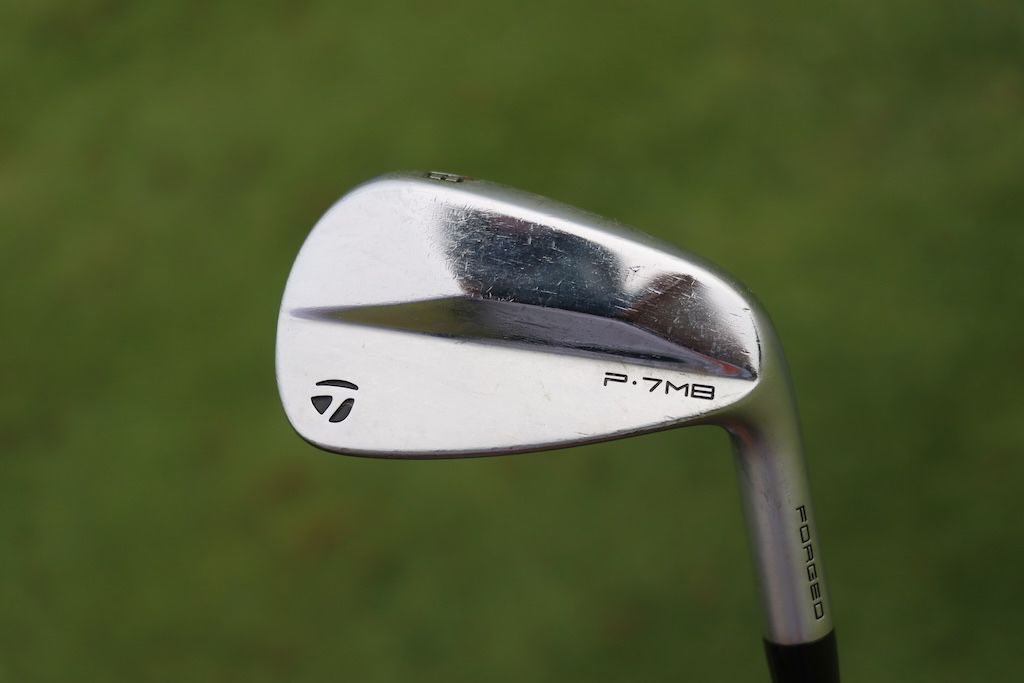

Wedges: TaylorMade MG4 (50-09SB, 56-12SB, 60-11TW)
Shafts: Nippon N.S. Pro Modus3 WV 125
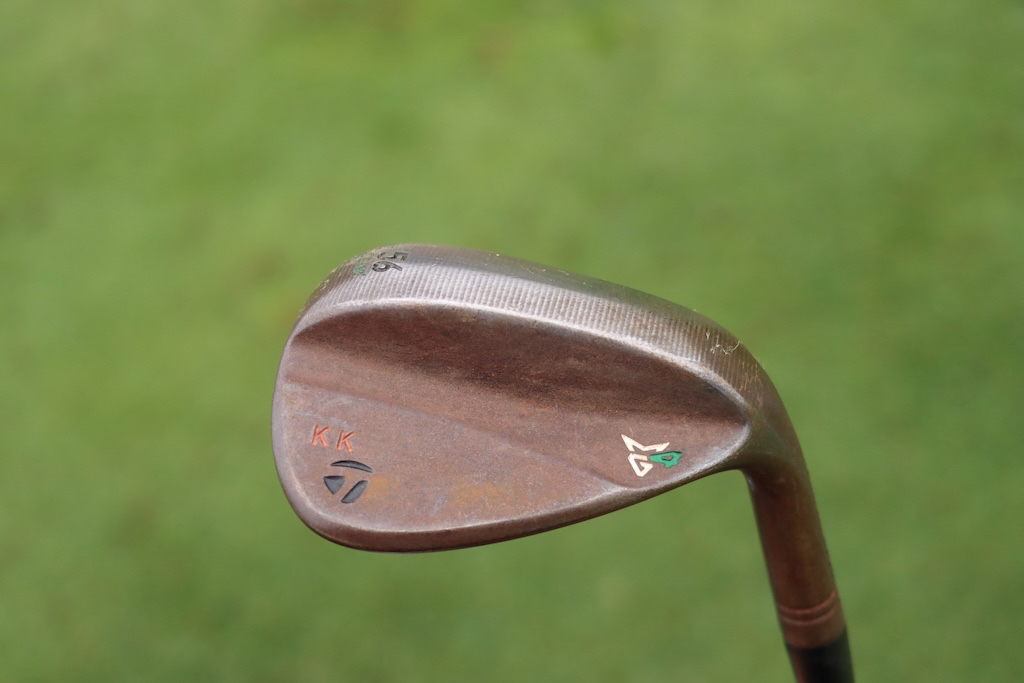

Putter: TaylorMade Spider Tour
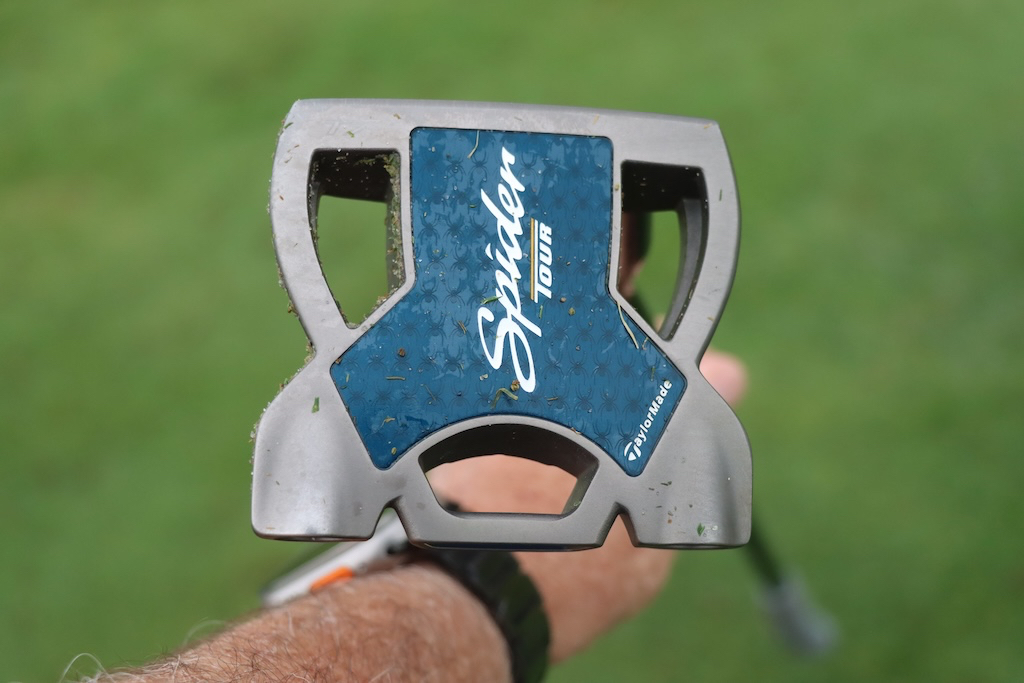
Grips: Golf Pride Tour Velvet Cord
Check out more in-hand photos of Kris Kim’s equipment here.
View this post on Instagram
- LIKE0
- LEGIT0
- WOW0
- LOL0
- IDHT0
- FLOP0
- OB0
- SHANK0
Equipment
Welcome to the family: TaylorMade launches PUDI and PDHY utility irons
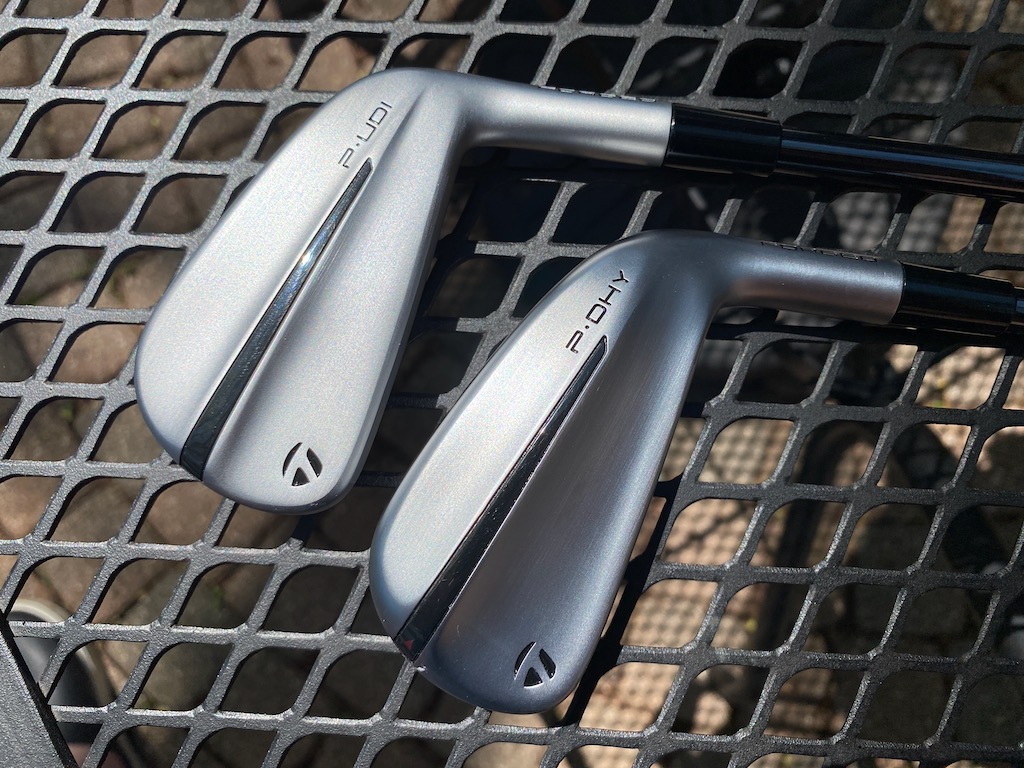
TaylorMade is continuing its UDI/DHY series with the successor to the Stealth UDI and DHY utility irons: PUDI and PDHY (which the company styles as P·UDI and P·DHY). TaylorMade is folding the designs in with its P Series of irons.
TaylorMade outlined the process of developing its new utilities this way. The company started with the data on utility iron usage. Not surprisingly, better players — i.e. those who generate more clubhead speed and strike the ball more precisely — were found to gravitate toward the UDI model. DHY usage, however, covered a wider swath than the company might have expected with six-to-18 handicappers found to be bagging the club.
TaylorMade also found that the majority of golfers playing UDI or DHY utilities were playing P Series irons at the top of their iron configurations.
Can you see where this is going?
Matt Bovee, Director of Product Creation, Iron and Wedge at TaylorMade: “As we look to the future, beyond the tech and the design language, we are excited about repositioning our utility irons into the P·Series family. P·UDI is an easy pair for players that currently play P·Series product and P·DHY is an extremely forgiving option for players of all skill levels. It is a natural fit to give these players the performance in this category that they are looking for.”
View this post on Instagram
TaylorMade PUDI
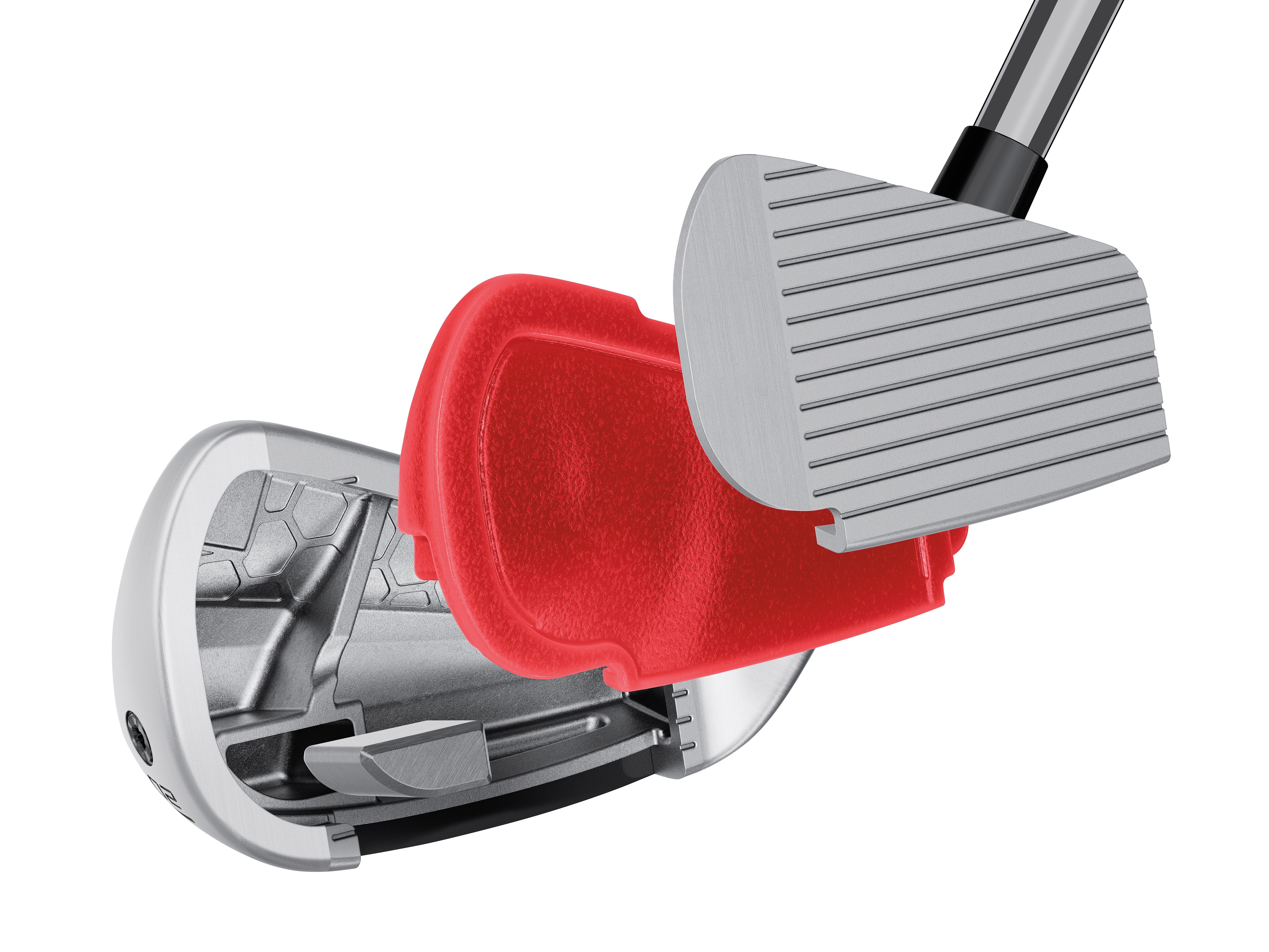
TaylorMade PUDI technology cutaway (via TaylorMade)
Crafted with tour player input, TaylorMade sought to develop a confidence-inspiring utility iron that blends with the rest of the P Series irons. Also of note: Interestingly, the PUDI has a more compact head than the P790.
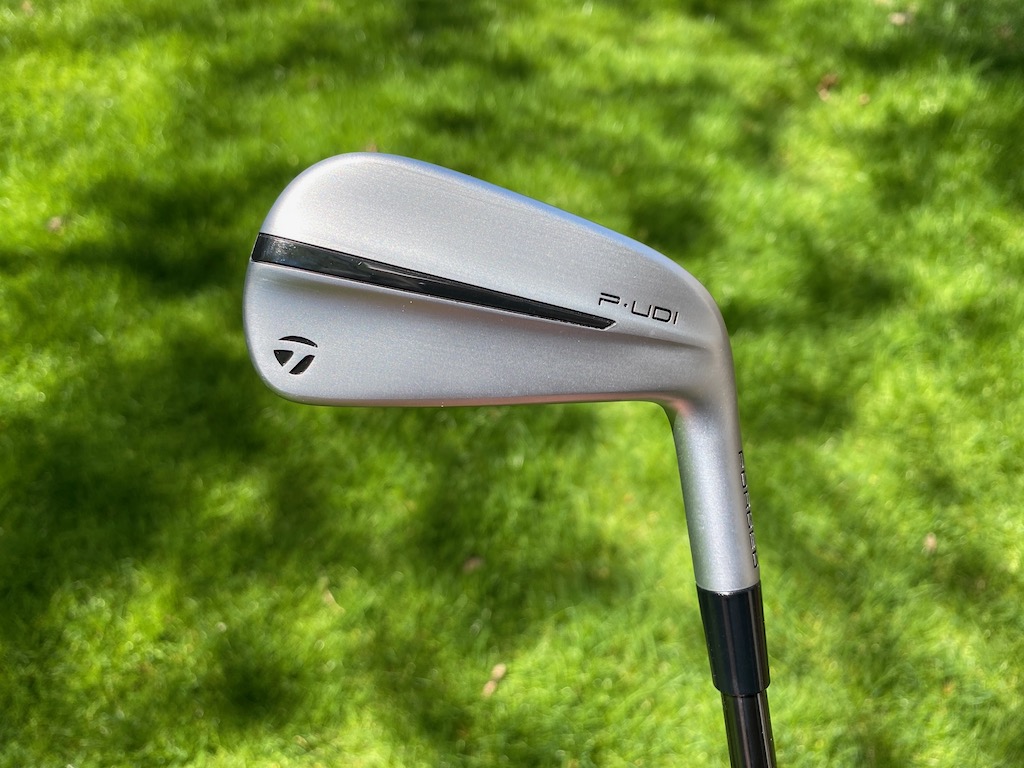
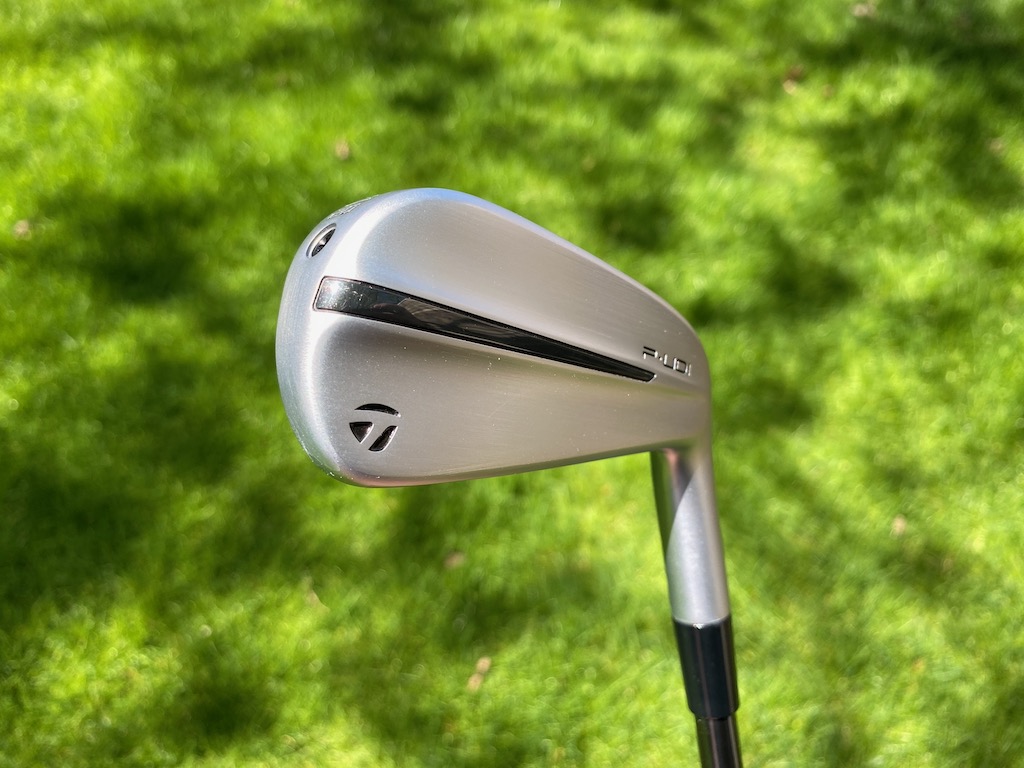
In comparison to past UDI products, the PUDI has a more traditional iron shape, slimmer toplines, and less offset with a little of the backbar visible at address.
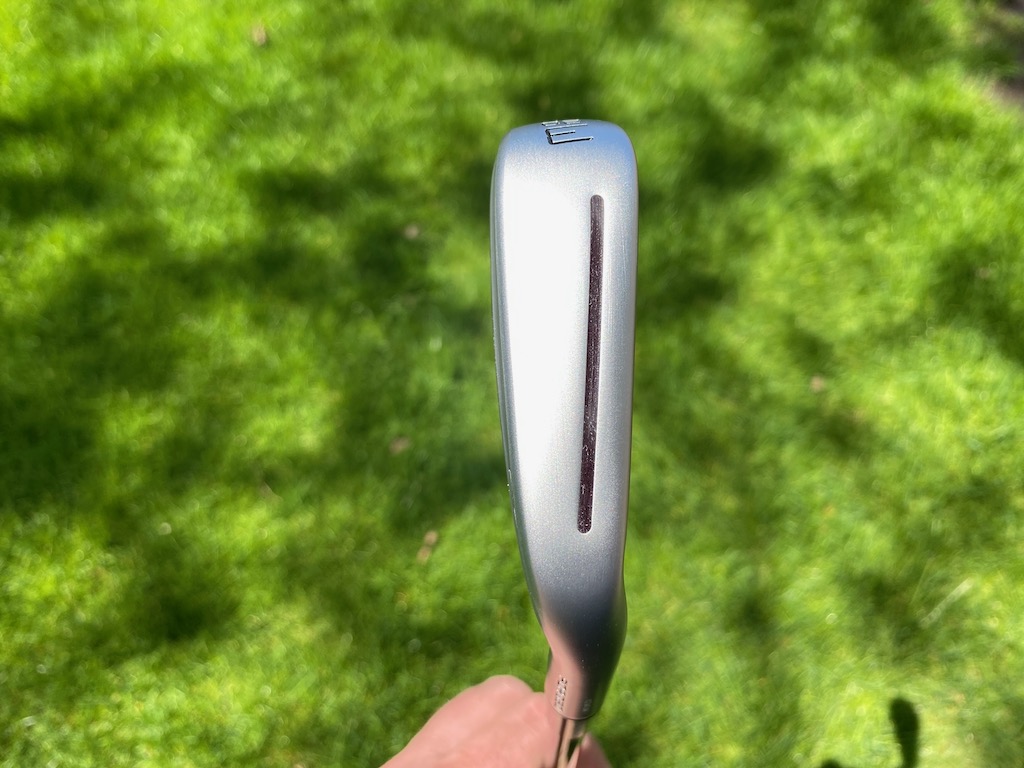

TaylorMade PDHY
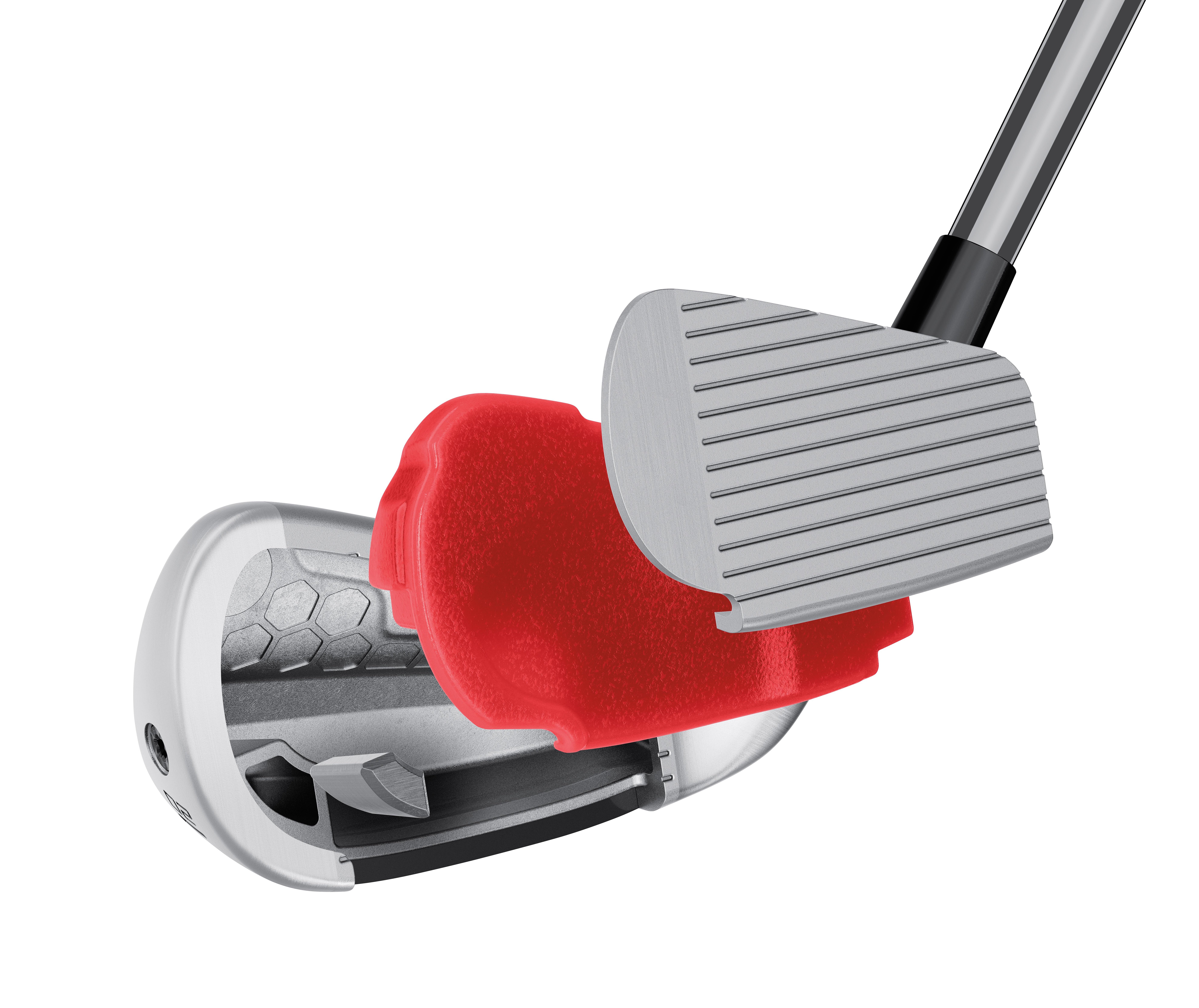
TaylorMade PDHY tech cutaway (via TaylorMade).
Larger in profile than the PUDI, the PDHY seeks to position center of gravity (CG) lower in the club for ease of launch. The toe height is larger and the profile is larger at address — roughly five millimeters longer than PUDI — the sole of the club is wider for improved forgiveness.
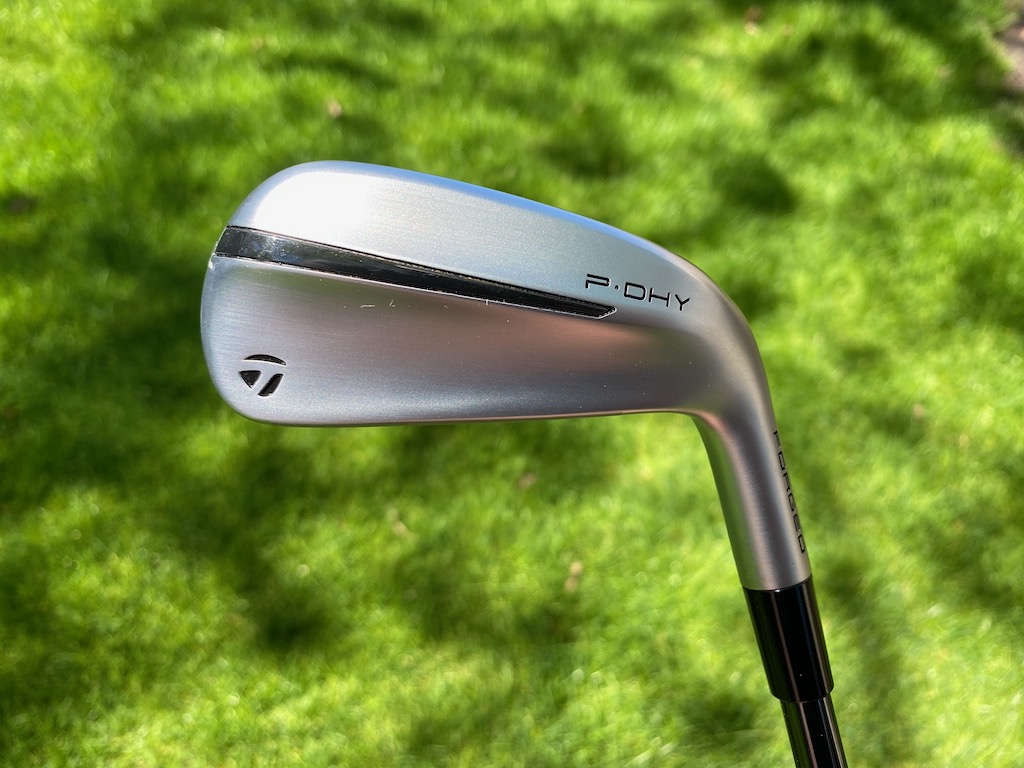



Club Junkie’s take
Golfers who feel like they are missing something at the top of the bag could find the PUDI or PDHY a great option. The look of the PUDI should fit the most discerning eye with a more compact look, less offset, and a thinner topline. If you want a little more confidence looking down the P-DHY will be slightly larger while still being a good-looking utility iron.
For being small packages both models pack a pretty good punch with fast ball speeds, even off-center. The feel is soft and you get a solid feel of the ball compressing off the face when you strike it well. Your ears are greeted with a nice heavy thud as the ball and club come together. The PDHY will launch a little higher for players who need it while the PUDI offers a more penetrating ball flight. Both utility irons could be the cure for an open spot in the top end of the bag.
PUDI, PDHY, or Rescue?
TaylorMade offers the following notes to assist golfers in filling out their bags:
- PUDI has mid-CG right behind the center face to create a more penetrating mid-to-low ball flight
- PDHY has a lower center of gravity to produce an easier-to-launch mid-to-high ball flight.
- Both PUDI and PDHY are lower-flying than the company’s hybrid/Rescue clubs.
- PUDI is more forgiving than P790.
- PDHY is the most forgiving iron in the entire TaylorMade iron family
Pricing, specs, and availability
Price: $249.99
At retail: Now
Stock shafts: UST Mamiya’s Recoil DART (105 X, 90 S and 75 R – only in PDHY)
Stock grip: Golf Pride’s ZGrip (black/grey)
PUDI lofts: 2-17°, 3-20°, 4-22° in both left and right-handed
PDHY lofts: 2-18°, 3-20° and 4-22° in both left and right-handed
- LIKE15
- LEGIT4
- WOW3
- LOL3
- IDHT1
- FLOP2
- OB2
- SHANK4
Equipment
Coolest thing for sale in the GolfWRX Classifieds (5/3/24): Scotty Cameron Champions Choice 2.5+ putter

At GolfWRX, we are a community of like-minded individuals that all experience and express our enjoyment of the game in many ways.
It’s that sense of community that drives day-to-day interactions in the forums on topics that range from best driver to what marker you use to mark your ball. It even allows us to share another thing we all love – buying and selling equipment.
Currently, in our GolfWRX buy/sell/trade (BST) forum, there is a listing for a Scotty Cameron Champions Choice 2.5+ putter
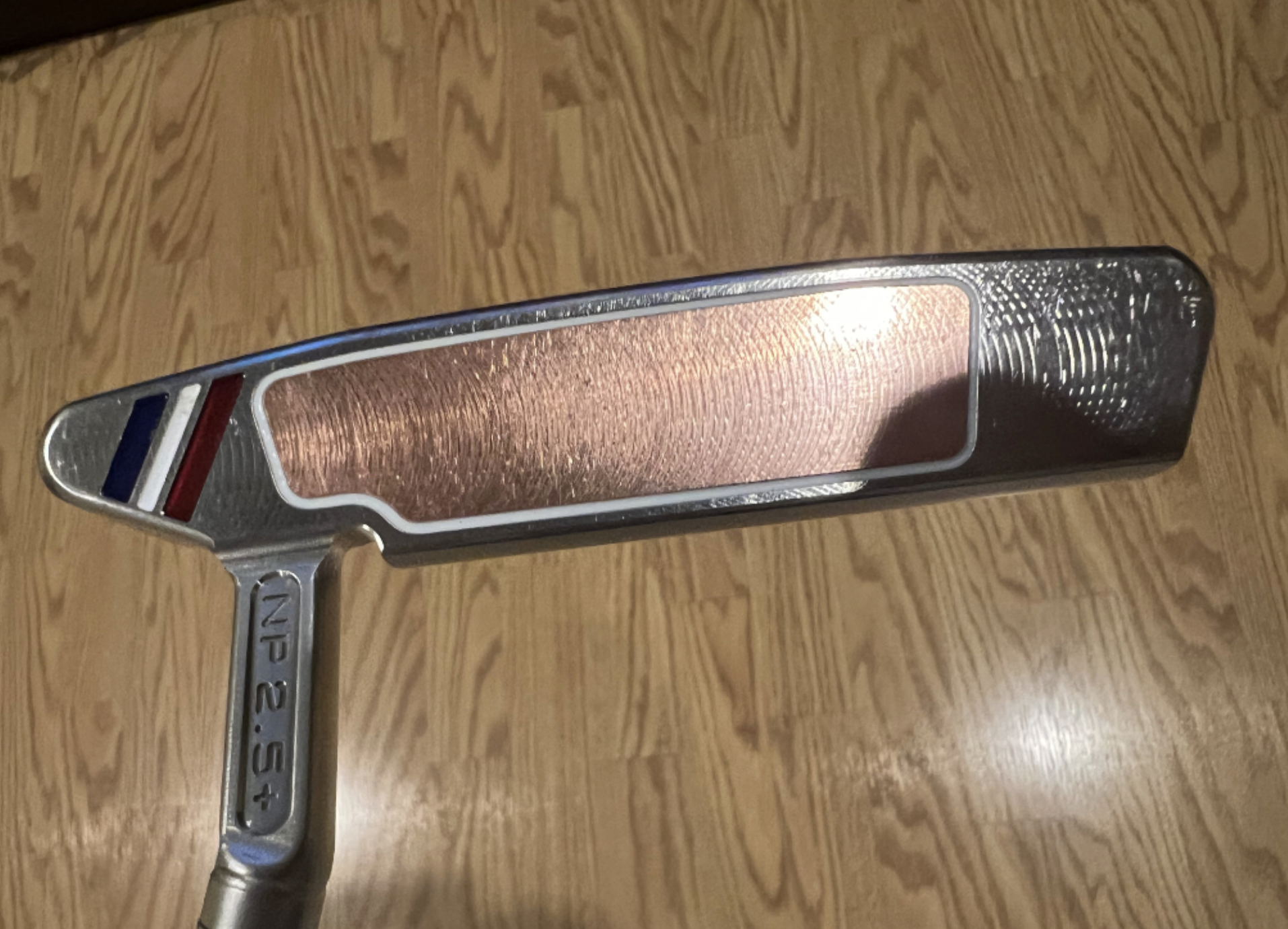
From the seller: (@wwcl): “Has been gamed as pics show. 33.5 includes original h/c and grip. $575 includes shipping and PP fees.”
To check out the full listing in our BST forum, head through the link: Scotty Cameron Champions Choice 2.5+ putter
This is the most impressive current listing from the GolfWRX BST, and if you are curious about the rules to participate in the BST Forum you can check them out here: GolfWRX BST Rules
- LIKE1
- LEGIT1
- WOW0
- LOL0
- IDHT0
- FLOP0
- OB0
- SHANK0
-

 19th Hole2 weeks ago
19th Hole2 weeks agoJustin Thomas on the equipment choice of Scottie Scheffler that he thinks is ‘weird’
-

 19th Hole2 weeks ago
19th Hole2 weeks ago‘Absolutely crazy’ – Major champ lays into Patrick Cantlay over his decision on final hole of RBC Heritage
-

 19th Hole3 weeks ago
19th Hole3 weeks agoTwo star names reportedly blanked Jon Rahm all week at the Masters
-

 19th Hole3 weeks ago
19th Hole3 weeks agoReport: LIV Golf identifies latest star name they hope to sign to breakaway tour
-

 19th Hole3 weeks ago
19th Hole3 weeks agoNeal Shipley presser ends in awkward fashion after reporter claims Tiger handed him note on 8th fairway
-

 19th Hole2 weeks ago
19th Hole2 weeks agoBrandel Chamblee has ‘no doubt’ who started the McIlroy/LIV rumor and why
-

 19th Hole1 week ago
19th Hole1 week agoLET pro gives detailed financial breakdown of first week on tour…and the net result may shock you
-

 Equipment3 weeks ago
Equipment3 weeks agoJason Day on his recent switch into Srixon ZX5 and ZX7 Mk II irons







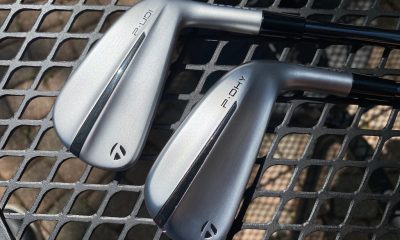


















Ewald
Oct 17, 2020 at 6:33 am
Anyonr know what the Strata tour ace specs were ie construction materials, compression etc?
Joe
Mar 20, 2020 at 10:48 am
Dating myself, but I recall as a beginning golfer the Penfold Ace, the Acushnet Club Special,and the Spalding “Green Eyes” ( a green dot on either side of the number), which were always in plentiful supply in a large glass jar on the pro shop counter
MikeB
Mar 20, 2020 at 10:45 am
NIKE DD & TW, although the DD was the better ball of the two. Callaway SR series 1,2 and 3. SR1 being the softest and SR3 being the firmest. Played the SR3 up to a year and a half ago when my hoarded supply ran out. Dicks kept selling them for $20/doz, had more dozens of them than toilet paper!
ChrisJ
Mar 20, 2020 at 9:55 am
What about the Tour Edition that was played by Greg Norman that would spin off the planet?
Also the Precept EV Extra Spin, and the Top Flite Z Balata
DAVID J. CLEMENT
Mar 20, 2020 at 9:54 am
Going back a bit further – to the 1960’s and ’70’s – I was always glad to find a MaxFli “Blue Max” out on the course as a kid. Remember that the George Peppard movie was out then about WW1 German fighter aces?
Steve Cantwell
Mar 20, 2020 at 9:15 am
Things I recall…the Precept Lady was a great cold weather ball. Balata balls had wonderful feel off the club face (putter included)….but “thinning” one would result in a big ol’ smile (cut). Balata balls could also become out of round after 36 holes of golf. Gosh, we here making comments are old!
Joe
Mar 20, 2020 at 10:38 am
Some of those balata balls were out of round tight out of the box
joro
Mar 20, 2020 at 11:01 am
The Black Maxfli was one that was a great ball if you got a good one, but some were so out of round they looked like stones.
David Arbuckle
Mar 20, 2020 at 8:47 am
Nice story and can relate to those remembering even more balls. Did anyone ever appreciate the Dunlap ball with the different divots? It corrects in flight! I have arguably the largest collection of logo balls and have given away more than 15,000 balls to friends, charities and anyone who respects the game, and really enjoy the difference in the various balls. PS, am not a good enough golfer to get mad.
Jeff
Mar 19, 2020 at 3:35 pm
This list could be a lot longer. Where are the Precept U-Tri Tour, Callaway Hex Red; Maxfli M3, Strata Tour, TM TP Red, Nike ONE Gold, Top Flite ZBalata?
15th Club
Mar 19, 2020 at 2:50 pm
You do a great job on these “Remember this old equipment” stories. They are always well done and entertaining.
This is no exception.
But I have to say that apart from some curiosities with branding and marketing, and some things that had nothing to do with Tour golf (like the Precept Lady) golf balls have always been to me the least interesting, least comprehensible things in the game.
Acemandrake
Mar 18, 2020 at 10:00 pm
I’ll always remember being pleasantly surprised by the Wilson Staff ball in the 1990’s.
They were great and I couldn’t understand why no one talked about them.
Rich Douglas
Mar 19, 2020 at 2:12 am
They had one version labeled “Balata,” but I’m pretty convinced it was artificial, not real, balata. Imagine a two-piece ball with a balata cover. Oh, my!
juanny
Mar 18, 2020 at 9:50 pm
Tour Prestige was a great ball too despite getting shredded by the third hole.
Loved the Stratas and the Wound Maxfli Rev.
I found two dozen inergel’s in my garage a few weeks ago, sans plastic cases, and threw them on ebay and they sold for $25 which I thought was strange.
Brandon
Mar 18, 2020 at 6:10 pm
What was the deal with those goofy ping balls that were 2 different colors and felt like rocks?
Swirley
Mar 18, 2020 at 8:45 pm
I had one that was Green and Neon Yellow. Needless to say, i hit one in the rough that landed neon yellow side down.
Big Earl
Mar 18, 2020 at 3:03 pm
Cool article! Always fun to get nostalgic.
Maxfli revolutions were my jam back in the early days. Also finding a DT wound 80 or 90 was really exciting!
Nihonsei
Mar 20, 2020 at 8:47 am
+1 for Revolutions and the side stamp predecessor to lining up for putts perfectly. Do I remember an arrow at least on one side of the Revolution print?
Gunter Eisenberg
Mar 18, 2020 at 12:58 pm
As I remember correctly, the Maxfli Revolution solid wasn’t as revered as the original wound version. Most of the technology that you see in Callaway’s current tour level balls are derived from Strata and Ben Hogan when Callway bought Top Flite in 2003 and their patents.
BillyG
Mar 18, 2020 at 12:57 pm
Lady. Yeah!